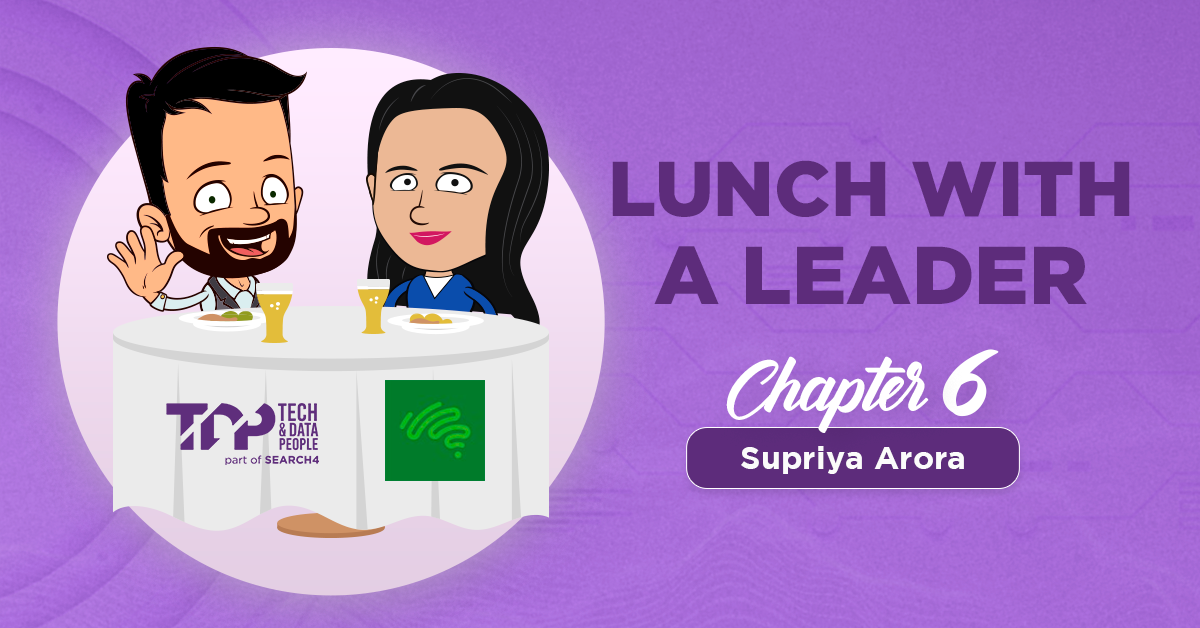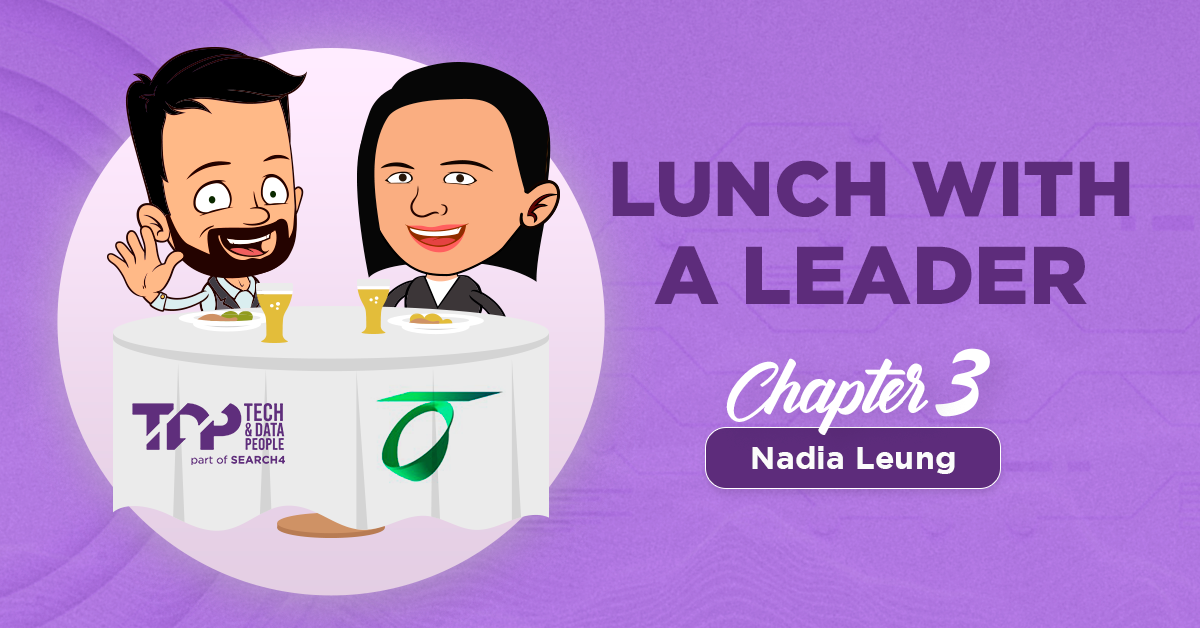Blogs
How Australia's Tech Sector Can Lead in Gender Diversity

The tech industry in Australia continues to evolve rapidly. From consumer-packaged goods to wearable tech, and from software and apps to hardware advancements, technology is evolving. This is creating new opportunities for people and helping the local economy.
Australia is well-positioned to become a global tech leader due to its vibrant startups, skilled workforce, and enabling policies and regulations. However, even though it attracts young and diverse people, the industry is still working on equal opportunities for women.
So, what is the state of gender diversity in tech? In this context, the role of women in the tech industry has become a central point of discussion.Let's explore the present situation of women in the Australian tech industry, challenges, factors promoting their growth, and the influence of women in tech on the Australian economy.
The Current State of Women in Australia's Tech Industry
According to the Global Gender Gap Report (2023), women make up only 29.2 % of the STEM workforce among the 146 nations surveyed. This statistic highlights the ongoing global gender gap in various tech disciplines.
In the 2021-2022 financial year, the money put into new businesses in Australia grew to $10 billion, more than twice the amount the year before. However, less than 10% of this money went to businesses started by women, less than 15% to businesses started by both men and women and the remaining $8.5 billion went to businesses started by men only.
Not many women work in the technology industry, especially in high-level jobs. Women also earn less than men. A recent report showed that men in the Professional, Scientific and Technical Services industry earn about 22.8% more than women. This is the fourth biggest pay gap among all industries. Many people think this is because few women are in high-level jobs, and the report supports this idea. It shows that only about 35.2% of management jobs are held by women. Also, it’s alarming that almost 30% of companies do not have women on their boards.
Challenges Faced by Women in Tech
Women in the Australian tech industry face a range of challenges that hinder their participation and advancement.
- Stereotypes about tech being a male-dominated field often discourage women from pursuing careers in technology from an early age.
- Gender biases in hiring and promotion processes, where men are frequently preferred for technical roles and leadership positions.
- Discrimination is another significant hurdle, with many women reporting instances of gender inequity, harassment, and a lack of respect in the workplace.
- Notable lack of support networks and mentorship opportunities, which are crucial for career development and advancement in the tech sector.
These factors contribute to lower retention rates and fewer women in high-level roles, perpetuating the gender gap within the industry. In addition, many women are leaving tech jobs and moving to different careers because they don't have the support for a good work-life balance.
Advantages of Increasing Female Presence in Tech
Increasing female participation in tech addresses equality issues, enhances creativity, fosters innovation, and drives better business outcomes.
Women in tech roles provide broader consumer insights, leading to products and services that better reflect the entire population's needs. Their inclusion promotes innovative and diverse tech solutions for a wider range of needs and preferences.
Having more women in tech helps break old stereotypes and encourage more girls to explore and do well in STEM fields. Also, women in well-paid tech jobs add to their financial power, which increases their influence in community decisions and boosts the overall economy.
Recommendations for Tech Companies
To attract and retain more women in the tech industry, companies need to adopt several strategic actions:
1. Inclusive Hiring Practices: Implement unbiased recruitment processes that actively seek out female candidates and ensure they are fairly evaluated.
2. Mentorship Programs: Establish mentorship schemes where women can receive guidance and support from experienced professionals within the industry. This can help them navigate their careers and aspire for leadership roles.
3. Supportive Workplace Culture: Create a work environment that respects and supports work-life balance. Flexible working hours and remote work options can be particularly beneficial for women managing family and careers.
Conclusion
Gender diversity in Australia's tech industry can improve with sustained efforts. Actionable strategies supporting women can lead to a balanced, equitable sector.
While policies are progressive, they are not always adhered to within the industry. Inclusivity, diversity, and female leadership can be overlooked. Businesses should understand the benefits of hiring and keeping women in tech roles. They should follow Diversity, Equity, and Inclusion (DEI) policies to examine their diversity rules and check if they're sticking to them. Men in leadership roles should support these changes, helping to improve the industry.
If you need support to grow your team or expert advice from our specialised consultants, contact us for tailored recruitment solutions.











